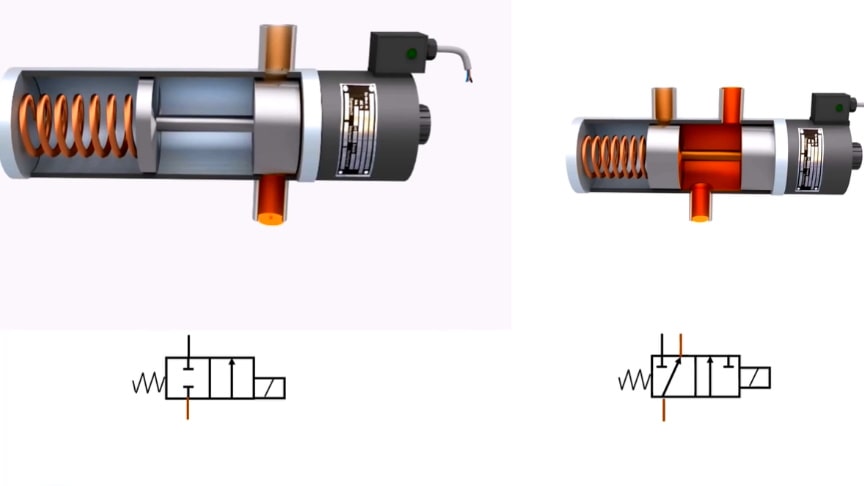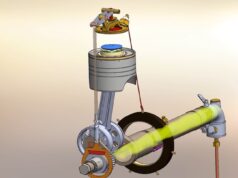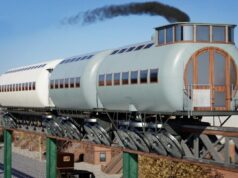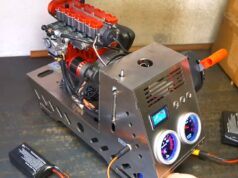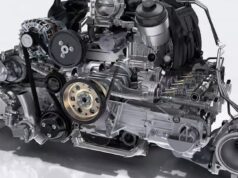An electrohydraulic servo valve (EHSV) is an electrically-operated valve that controls how hydraulic fluid is sent to an actuator.Servo valves are often used to control powerful hydraulic cylinders with a very small electrical signal. Servo valves can provide precise control of position, velocity, pressure, and force with good post-movement damping characteristics.
source/image(PrtSc): learnchannel
Electrohydraulic servo valves may consist of one or more stages. A single-stage servo valve uses a torque motor to directly position a spool valve. Single-stage servo valves suffer from limitations in flow capability and stability due to torque motor power requirements. Watch the video from learnchannel for more info:
Two-stage servo valves may use flapper, jet pipe, or deflector jet valves as hydraulic amplifier first stages to position a second-stage spool valve. This design results in significant increases in servo valve flow capability, stability, and force output.
Advertisement
Similarly, three-stage servo valves may use an intermediate stage spool valve to position a larger third stage spool valve. Three-stage servo valves are limited to very high power applications, where significant flows are required.Furthermore, two-stage servo valves may be classified by the type of feedback used for the second stage; which may be spool position, load pressure, or load flow feedback.//wikipedia

